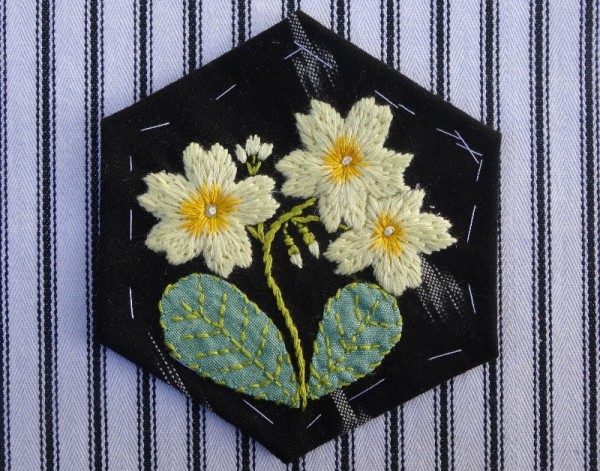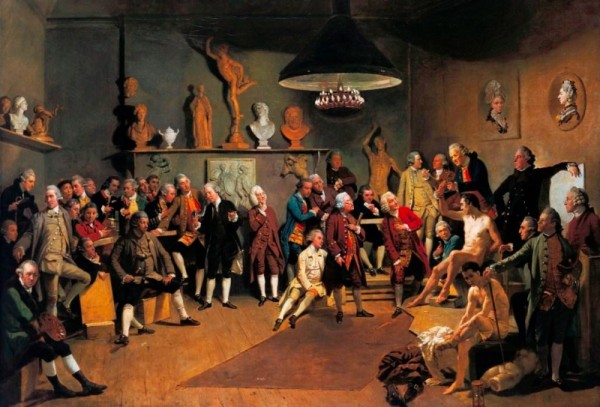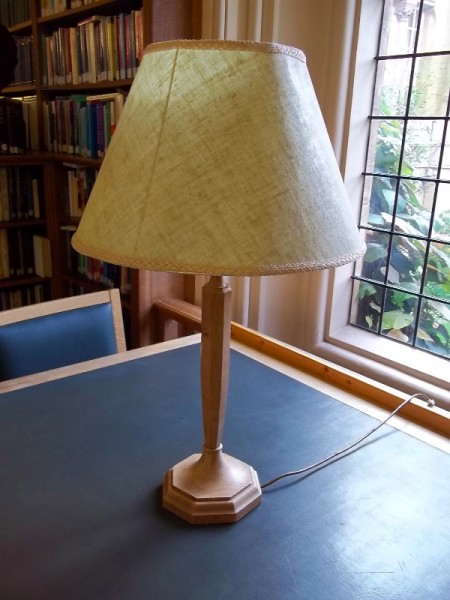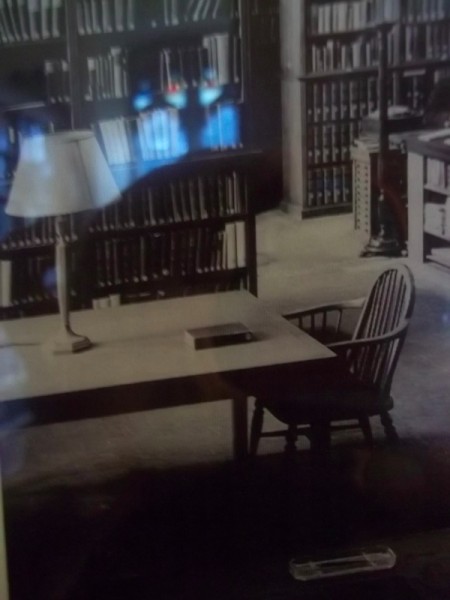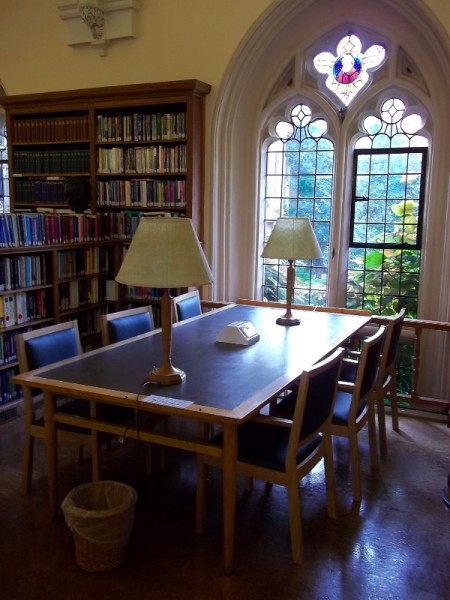Primroses love the vicarage garden (see below) and give your heart a real lift as they are about the first flowering plant to appear in spring, just as the Hellebores are starting to look spotted and unhealthy. (I know I’m badly out of season.)
I finished reading Molly Peacock’s The Paper Garden: Mrs Delany (begins her life’s work at 72) a few weeks ago and keep meaning to update my formerly rather sharp opinion of the book. I could still do without Molly’s own biographical interjections (although they are mercifully minimal) and I still think her shoehorning Mrs D’s putative psychologial damage into her flower mosaics is eye rollingly bizarre, BUT Mrs Delany’s life is so multifaceted that even these criticisms don’t stand in the way of some fascinating history – both of the broad sweep national variety and also of the break your heart and pick yourself up again personal sort. And it is with the latter that Molly Peacock’s talent of never opting for the obvious interpretation serves the reader best. So, now I urge people to seek out this book and be thoroughly drawn into a life unlike any other.
Molly is also good at the technical details which help you to see how great Mrs Delany’s achievements were. Take the black background. I just chose a piece of fabric from the Cloth Shop, thought it would make a nice background and got on with it. Mrs D was too early for off the shelf products like tubes of paint and had to make her own pigments from raw materials – it is possible that she might have had them made for her but there seems to be no evidence for this. Black was especially difficult and the progress of her work shows how she refined this – the early mosaics have a shiny background which gave way to matt as she became more skilled. But think of the mess, as all black pigment comes down to burnt organic matter: ivory black is burnt ivory/bones; lamp black is soot from oil lamps, while vine black was charred grape vines. It is mind boggling to think of our C18th 70 year old in even minimal frills and furbelows making up small vats of such paint in large enough quantities to slosh around on multiple sheets of paper (she liked a stock of prepared papers and the plant was always life size, so the papers for things like horse chestnut flowers and Magnolia grandiflora are large). She then repeated the procedure for all her other colours, some of which like green or pink she produced in many minutely different shades. Interestingly, where she has used the purest black pigments, the backgrounds have survived best. The addition of iron gall ink, sometimes used to make her paint go a bit further stored up trouble for future conservators as the black ink degraded to brown (the hint is in the iron) which acidified the paper and in the end destroyed parts of the surface. (Joshua Reynolds went even further, adding coal tar to darken his pigments which became very unstable and spoilt substantial areas of his paintings.)
But to return to the idea of a black background, Mrs Delany’s first championing of it was as the background for her embroidery on a gown worn in 1739 which would probably have been seen as an unusual fashion choice. While it is true that Mark Catesby’s 2nd volume of plant etchings (which we know Mrs D’s friend, the Duchess of Portland, possessed) shows the Laurel Tree of Carolina on a black ground (pub. 1743) and that Linnaeus’s illustrator, Georg Ehret also opted for black to set off (some of ) his plant paintings at about the same time (we also know the duchess owned one of these), it does seem quite possible that MrsD got there first.
Curious thought: The Royal Academy of Art was set up in 1768 and there were just 2 women Royal Academicians, Angelika Kauffmann and Mary Moser. Zoffany’s famous group portrait of the original members attending a life class shows the women but because of the naked male model they appear only as portrait heads on the right hand wall! Mrs D began her paper mosaics in 1772, while her botanical embroidery dated back to 1739. Deep sigh, for Mrs D, it seems, to paraphrase John Lennon, life just got in the way…

